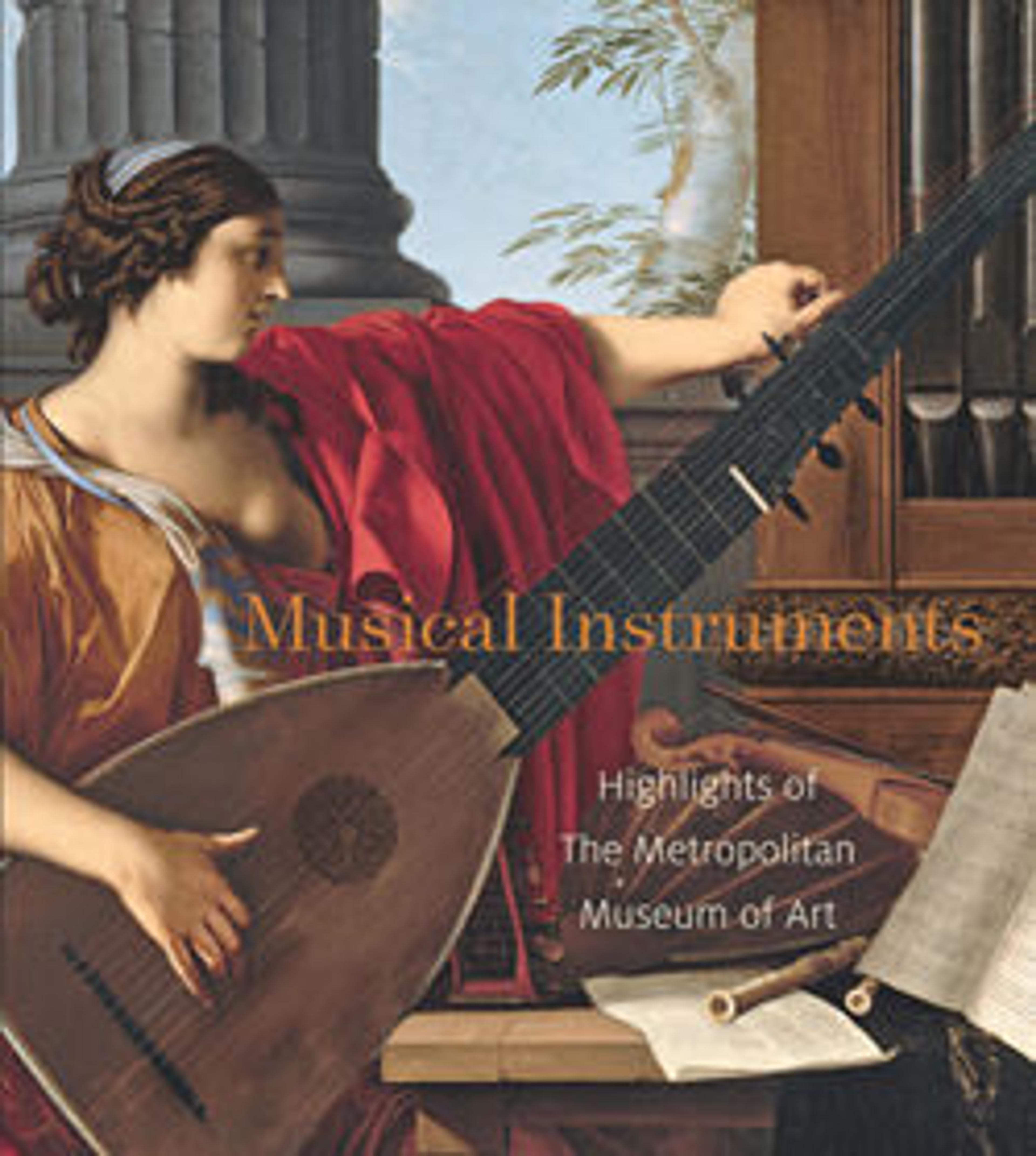Pair of Transverse Flutes
While wind instruments were generally not favored by gentlemen amateurs and aristocrats, recorders and flutes were notable exceptions. Flutes paired well with the voice and harp, popular instruments of the music room or salon. The flute’s louder volume and ability to produce more dramatic dynamic contrasts led to its dominance over the recorder in both private and public music making in the first decades of the eighteenth century.
Professional musicians generally used flutes made from wood. This pair’s use of ivory and the ornate leather-covered case, which ostentatiously displays the instruments side by side instead of efficiently storing them in stacking trays, as is typical, suggest an aristocratic owner. Pairs of high-quality flutes such as these were sometimes produced for use by a gentleman and his music master.
During the period when they were made, pitch had not been standardized. Each flute in this pair was supplied with three corps de rechange, or alternate middle joints, enabling it to play in tune at a range of different pitch levels.
Professional musicians generally used flutes made from wood. This pair’s use of ivory and the ornate leather-covered case, which ostentatiously displays the instruments side by side instead of efficiently storing them in stacking trays, as is typical, suggest an aristocratic owner. Pairs of high-quality flutes such as these were sometimes produced for use by a gentleman and his music master.
During the period when they were made, pitch had not been standardized. Each flute in this pair was supplied with three corps de rechange, or alternate middle joints, enabling it to play in tune at a range of different pitch levels.
Artwork Details
- Title:Pair of Transverse Flutes
- Maker:Johann Wilhelm Oberlender (the Elder) (German, Nuremberg 1681–1763 Nuremberg)
- Date:mid-18th century
- Geography:Nürnberg, Germany
- Culture:German
- Medium:Ivory, silver, wood
- Dimensions:Total Height (with longest corps de rechange): 24 1/2 in. (62.2 cm)
- Classification:Aerophone-Blow Hole-side-blown flute (transverse)
- Credit Line:Purchase, Clara Mertens Bequest, in memory of André Mertens, and The Vincent Astor Foundation Gift, 1996
- Object Number:1996.13.1
- Curatorial Department: Musical Instruments
More Artwork
Research Resources
The Met provides unparalleled resources for research and welcomes an international community of students and scholars. The Met's Open Access API is where creators and researchers can connect to the The Met collection. Open Access data and public domain images are available for unrestricted commercial and noncommercial use without permission or fee.
To request images under copyright and other restrictions, please use this Image Request form.
Feedback
We continue to research and examine historical and cultural context for objects in The Met collection. If you have comments or questions about this object record, please contact us using the form below. The Museum looks forward to receiving your comments.
